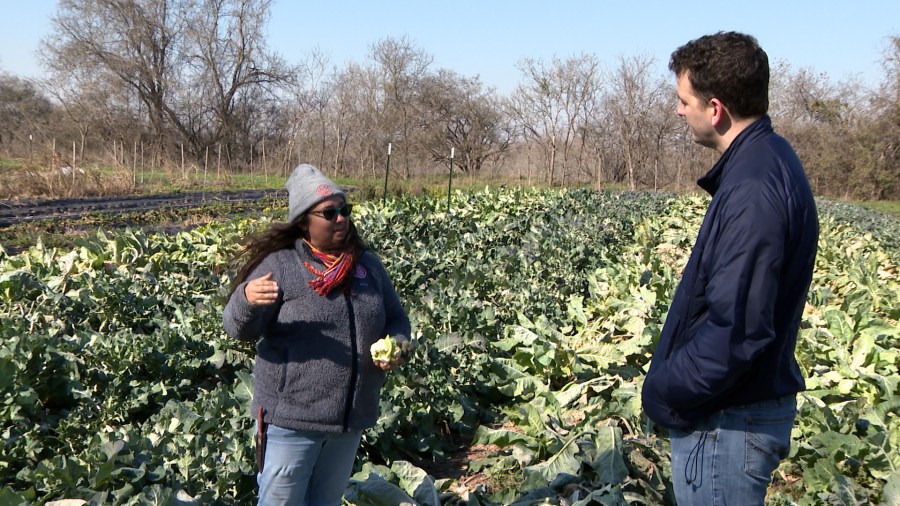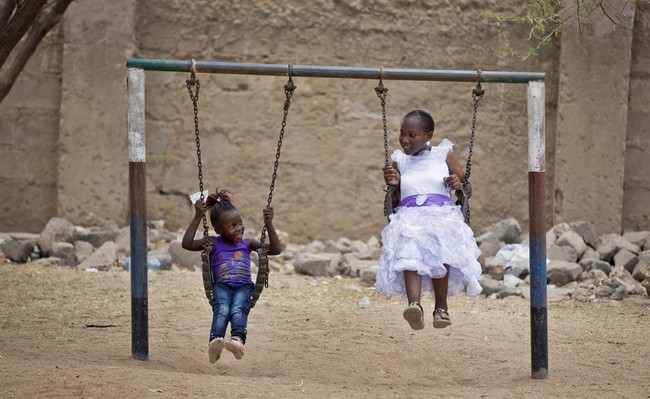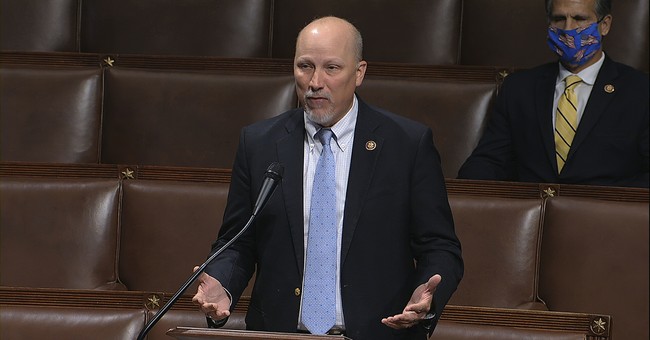AUSTIN (KXAN) — Rotting cauliflower and broccoli line the rows Michelle Akindiya walks on a cool January morning. A few feet away, a tarp held in place by sandbags blows in the wind. Beneath the thin plastic sheet, rows of carrots stay warm while awaiting the warm front that’s three days away.
Across Farmshare Austin’s property, more produce clings to life. Cabbage, some under tarps and some not, beets and peppers survive. Under a pseudo greenhouse, warmed by heating pads, lie tomatoes that didn’t make it.
Another freeze in the books. Another devastating loss. The carnage is becoming all too common for Central Texas farmers. “We know sort of how to deal with the heat, but the cold has been a bit of a surprise,” Akindiya said.
The extreme swings in weather brought about by climate change have changed farming around the world. Crops that once could grow over several months have only a few weeks between seasons. Weeks of 100-degree temperatures have crippled even heat-resistant crops. Even cabbage bred to survive in colder temperatures freezes under intense windchill.
Michelle Akindiya with Farmshare Austin says many local farmers have faced climate anxiety over the last few years. Crippling heat in the summer and several freezes have put many farmers in jeopardy. (Credit: Todd Bailey/KXAN News)
“It was very hard physically and emotionally for a lot of our local farmers. There’s a lot of people sort of questioning what we’re doing,” Akindiya said.
She is living her dream job, serving as the Education Director for Farmshare Austin. The nonprofit provides fresh produce to SNAP customers in Western Travis County, while also teaching others to farm.
According to Akindiya, farmers are looking for solutions to survive the climate crisis gripping the planet.
How climate change is impacting our food supply
“Anything that’s impacting our ability to grow more food in this area is affecting the security of our food system as a whole,” Akindiya said.
According to a 2015 report from the US Department of Agriculture:
“The assessment finds that climate change is likely to diminish continued progress on global food security through production disruptions leading to local availability limitations and price increases, interrupted transport conduits, and diminished food safety, among other causes.”
This means that as the climate changes and the weather gets more extreme, food availability is expected to go down. This isn’t just a Texas problem.
“The places that are most vulnerable are the ones without the systems in place to be able to help them survive and manage these fluctuations,” said Raj Patel Ph.D., a research professor with the University of Texas at Austin.
Farmshare Austin was able to harvest much of their crop ahead of the January freeze. These crops will go to SNAP customers in Eastern Travis County as well as farmer’s markets. (Credit: Eric Henrikson/KXAN News)
Patel, who studies climate’s impact on the global food system, will be presenting his findings Friday, Jan. 26 at the UT’s Hot Science; Cool Talks program. His talk, Recipes for Food Insecurity begins at 5:30 p.m. and will explore solutions farmers around the world have found to combat these issues.
“Some of the people who have the best solutions around how to farm in a hotter world are the ones who’ve never had a chance to farm in these sort of really energy-intensive and destructive ways that we’ve got in the United States,” Patel said.
According to Patel, much of the issues surrounding climate’s impact on food comes down to what we grow; usually a mixture of wheat, soy, corn and rice. The crops have been heavily impacted by climate change.
Rice, for instance, needs a large amount of water to grow, but water is growing more scarce due to warming temperatures. This is an issue many Texas rice farmers felt this past summer, when water upstream in the Highland Lakes slowed to a trickle.
“Climate change isn’t just about higher temperatures. It’s also about these wild swings in temperatures and new kinds of storms and new kinds of pests arriving in places,” Patel said.
Patel said diversifying what we grow could make us more suited to climate change.
“What we need is farmers to be given the freedom to be able to transition away from these environmentally destructive crops,” Patel said.
Solutions for farmers at home
At Farmshare Austin, the team is taking great strides to save their crops this winter and in the seasons ahead.
“We’re taking some of these techniques that are being researched in the Midwest and California. And we’re adapting them for our specific location and climate here,” Akindiya said.
Utilizing the tarps, called frost blankets, changing up planting schedules, breeds of produce and the introduction of cold storage has allowed the farmers to plant and harvest when things get below freezing.
“We may not be able to have the same kind of diversity throughout the year, we really do have to rely a lot on cold storage, to be able to keep things like cabbages and carrots and beets,” Akindiya said.
Ahead of the January freeze, their team worked overtime to harvest as much as possible for cold storage. They harvested over 1,000 pounds of cabbage, 500 pounds of cauliflower and 100 pounds of broccoli.
Akindiya is looking forward to sharing some of the lessons they’ve learned at the Hot Science; Cool Talks program. Farmshare Austin will be demonstrating how soil that is full of nutrients can slow flooding.
“The living root. As it breaks through the soil is also feeding the microbes in the soil and they’re doing their thing where they’re eating and pooping and dying and creating channels in the soil where more water can come in. And so both the living room and the living soil together, build this beautiful crumb structure that that acts like a sponge,” Akindiya said.
With another month of meteorological winter still ahead of them, the farmers of Central Texas are taking the lessons they learned the past few years to heart.
[#item_full_content]



